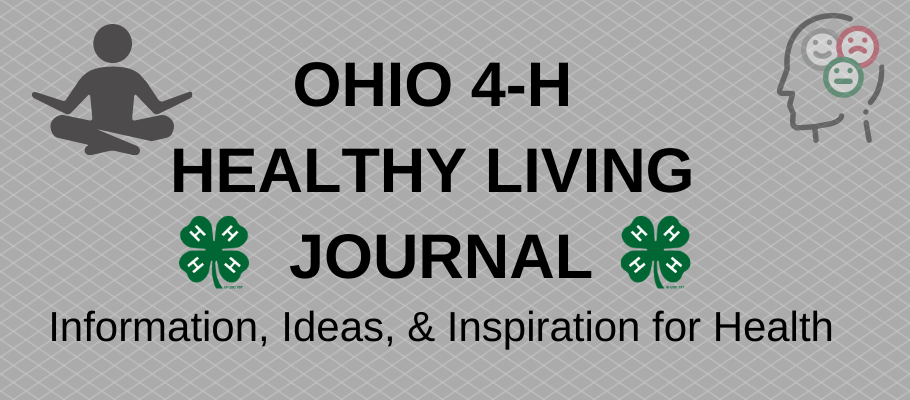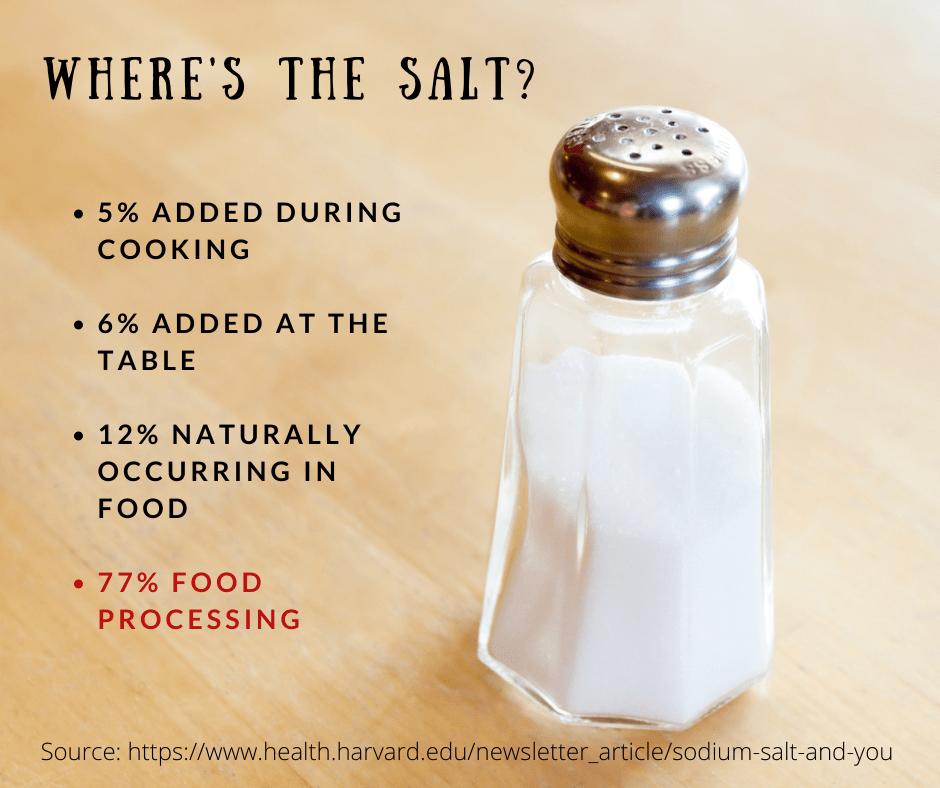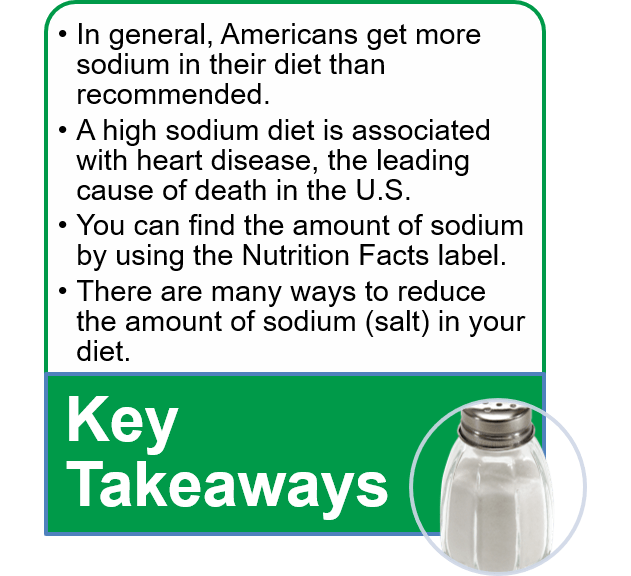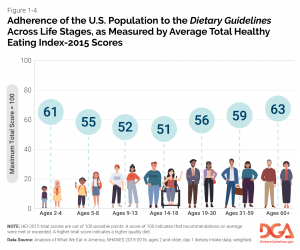by Theresa Ferrari, Extension Specialist, 4-H Youth Development
With warmer weather upon us and more daylight every day, my thoughts have turned to spending more time outdoors. Last year I spent more time at home because of the pandemic, and during this time I rekindled my interest in gardening. I was not alone, as there was a surge in interest as evidenced by increased sales of plants and garden-related items. This renewed interest in gardening is expected to grow.
Gardening is probably one of the most common ways of interacting with nature. The hands-on aspect of gardening is very appealing. After spending an hour in the garden I can see the results of my work right away. I find there is something satisfying about picking flowers or eating something that I grew, perhaps only minutes after I picked it. I even potted my herbs and moved them indoors for the winter, so I could spice up my wintertime meals. The fruits of your gardening labors may be more than the vegetables or flowers that you grow. It turns out that gardening can also be a great way to cultivate mental health.
Gardening and Mental Health
Although research on young people’s mental health and gardening is limited, within the larger area of studying nature-related activities, researchers have found that gardening has a significant positive impact on several aspects of health. They found a number of health benefits, including reductions in depression and anxiety symptoms and stress, and increased positive emotions, quality of life, sense of community, and physical activity levels. Some benefits can appear right away, but it is unclear how long they persist. It is reasonable to assume the gardening activity needs to be continued to sustain them.
Possible Pathways to Health: How are these benefits possible?
Gardening can be a boon to psychological, physical, and social health. What are the possible pathways for how these benefits can be achieved?
- Direct exposure to nature and the outdoors by spending time outside has been found to have a restorative and calming effect. It shifts focus, provides an escape, and may facilitate reflection.
- Beyond the more obvious physical benefits from gardening, it can indirectly have a psychological health benefit. The mechanism for how this works for psychological health isn’t clear, but it could be that increased physical activity is the “driver” of improved mood, as such a connection with physical activity has been demonstrated in other studies.
- The food produced in gardens provides healthy eating options, which can directly contribute to physical health. People may be more willing to try something that they grew themselves.
- Gardening is a purposeful activity with a tangible product. A harvest of colorful flowers or tasty vegetables provides a sense of achievement and feelings of success. Mastering new knowledge and skills (that is, things like knowing what and when to plant and the practical tasks of tending plants) can lead to a feeling of accomplishment, which can be a mechanism for mental well-being.
- Social connections may develop by participating in gardening activities as a family or with another group such as a 4-H club. Community gardening allows people to find others with common interests and interact with others in a shared experience.
Young people may be exposed to gardening through a school or after-school community-based program, often accompanied by additional lessons, with the goal of influencing fruit and vegetable consumption. However, it may be more difficult to translate this interest into a home garden. On the other hand, an interest in gardening may grow from family connections.
Ideas for Getting Started or Expanding Your Garden
- Start with a container garden and branch out from there.
- Get your family involved.
- Volunteer to help a family member or neighbor with their garden.
- Research school-based or community gardens in your area. If one is not available in your area, what would it take to start one? Check out our post on how to create an action plan if starting such a project is something you want to take on. For some inspiration, read about a school garden outreach program started by OSU medical students.
It’s important to recognize that taking on a garden involves responsibility–you will have to tend to it on a regular basis, such as keeping it watered and weeded. The weather or insects may present setbacks. Will you still be interested in caring for your garden after the novelty wears off or you encounter problems? Recognize that having a garden may involve some expenses for seeds, plants, and equipment if not already on hand. If you need help getting started, your local OSU Extension office and Master Gardener Volunteer programs can offer gardening advice.
Time to dig in and harvest the benefits of gardening!
Subscribe: Don’t miss out on our health living posts. You can subscribe by clicking on the “Subscribe” button in the lower right corner of your screen. You can also check out our Grab and Go Resources page for downloadable activities.
References
Evans, A., Ranjit, N., Rutledge, R., Medina, J., Jennings, R., Smiley, A., Stigler, M., & Hoelscher, D. (2012). Exposure to multiple components of a garden-based intervention for middle school students increases fruit and vegetable consumption. Health Promotion Practice, 13(5), 608–616. https://doi.org/10.1177/1524839910390357
Masterton, W., Carver, H., Parkes, T., & Park, K. (2020). Greenspace interventions for mental health in clinical and non-clinical populations: What works, for whom, and in what circumstances? Health and Place, 64, 102338. https://doi.org/10.1016/j.healthplace.2020.102338
Ober Allen, J., Alaimo, K., Elam, D., & Perry, E. (2008). Growing vegetables and values: Benefits of neighborhood-based community gardens for youth development and nutrition. Journal of Hunger & Environmental Nutrition, 3(4), 418–439. https://doi.org/10.1080/19320240802529169
Shao, Y., Elsadek, M., & Liu, B. (2020). Horticultural activity: Its contribution to stress recovery and wellbeing for children. International Journal of Environmental Research and Public Health, 17, 1229. https://doi.org/10.3390/ijerph17041229
Skelton, K. R., Lowe, C., Zaltz, D. A., & Benjamin-Neelon, S. E. (2020). Garden-based interventions and early childhood health: An umbrella review. International Journal of Behavioral Nutrition and Physical Activity, 17, 121. https://doi.org/10.1186/s12966-020-01023-5
Soga, M., Gaston, K. J., & Yamaura, Y. (2017). Gardening is beneficial for health: A meta-analysis. Preventive Medicine Reports, 5, 92–99. https://doi.org/10.1016/j.pmedr.2016.11.007
Van Den Berg, A. E., & Custers, M. H. G. (2011). Gardening promotes neuroendocrine and affective restoration from stress. Journal of Health Psychology, 16(1), 3–11. https://doi.org/10.1177/1359105310365577





















